The Science Behind Hair Texture: Embracing Your Natural Hair | |

| |
Hair texture plays a significant role in our overall appearance and self-expression. From sleek and straight to curly and coily, each hair texture is unique and beautiful in its own way. Understanding the science behind hair texture can help you embrace and care for your natural hair, allowing you to showcase its full potential. In this article, we will delve into the science behind hair texture and provide tips on how to embrace and nurture your natural hair. The Structure of HairTo comprehend hair texture, it's essential to understand the structure of hair. Each strand of hair is composed of three layers: the cuticle, cortex, and medulla.
Hair Texture TypesHair texture is typically classified into four main categories: straight, wavy, curly, and coily. Within each category, there can be a range of subcategories and variations, highlighting the diversity of hair textures.
Embracing Your Natural Hair1. Understand Your Hair's Unique CharacteristicsBy understanding your hair's unique characteristics, such as its texture, porosity, and density, you can tailor your hair care routine to meet its specific needs. Observe how your hair responds to different products and techniques to determine what works best for you. 2. Moisture is KeyRegardless of your hair texture, moisture is crucial for maintaining healthy and vibrant hair. Curly and coily hair types often require more moisture due to their natural structure, which makes it challenging for natural oils to travel down the hair shaft. Use hydrating shampoos, conditioners, and moisturizing products that are suitable for your hair type. 3. Gentle Handling and DetanglingTo minimize breakage and damage, handle your hair with care. Use wide-toothed combs or your fingers to detangle your hair gently, starting from the ends and working your way up. Avoid aggressive brushing or combing, especially when the hair is wet, as it is more vulnerable to breakage. 4. Protective StylingProtective hairstyles, such as braids, twists, buns, or updos, can help protect your hair from external elements and reduce manipulation, which can lead to breakage. Experiment with different styles that suit your preferences and hair length while keeping your hair protected. 5. Heat Styling PrecautionsExcessive heat styling can cause damage and alter your hair's natural texture. Minimize the use of heat tools, such as flat irons or curling wands, and always apply a heat protectant spray before styling. Embrace your natural texture and opt for heatless styling methods whenever possible. FAQs about Hair TextureFAQ 1: Can I change my natural hair texture permanently?While there are temporary methods to change your hair texture, such as heat styling or chemical treatments, it is not possible to permanently alter your natural hair texture. Embracing and working with your natural hair texture is the best approach for long-term hair health. FAQ 2: Can I enhance my natural curl pattern?Yes, there are techniques to enhance your natural curl pattern. These include using curl-enhancing products, such as mousses or gels, and employing styling methods like the "plopping" technique or finger coiling. Experiment with different techniques to find what works best for your hair. FAQ 3: How can I combat frizz in curly or coily hair?Frizz can be minimized by using products formulated for curly or coily hair, avoiding harsh shampoos with sulfates, and incorporating moisturizing and sealing techniques into your hair care routine. Regular deep conditioning treatments can also help combat frizz and improve overall hair health. FAQ 4: Is it necessary to wash my hair every day?The frequency of hair washing depends on various factors, including your hair type, scalp condition, and personal preference. While some people may need to wash their hair daily, others with drier hair or specific hairstyles may benefit from less frequent washing. Experiment to find a washing routine that suits your hair's needs. ConclusionUnderstanding the science behind hair texture is essential for embracing and caring for your natural hair. By recognizing the unique characteristics of your hair, adopting a proper hair care routine, and embracing your natural texture, you can showcase the beauty and versatility of your hair. Remember to be patient and enjoy the journey of discovering what works best for your hair, and celebrate the diversity and individuality of hair textures. | |
| Category: Hair Care | |
| Total comments: 0 | |
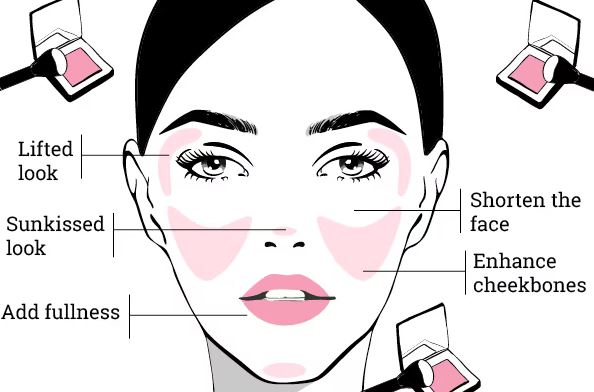 |
| The Power of Blush: Enhancing Your Cheeks with Color |
 |
| What is a Drink Tumbler? Exploring the Perfect Beverage Companion |
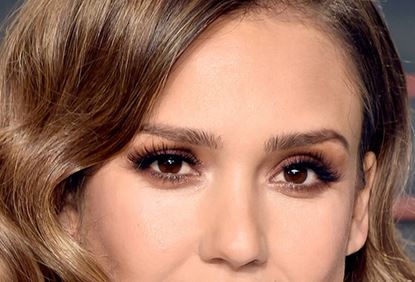 |
| Almond-shaped eyes makeup tips |
 |
| The benefits of incorporating essential oils into your daily routine |
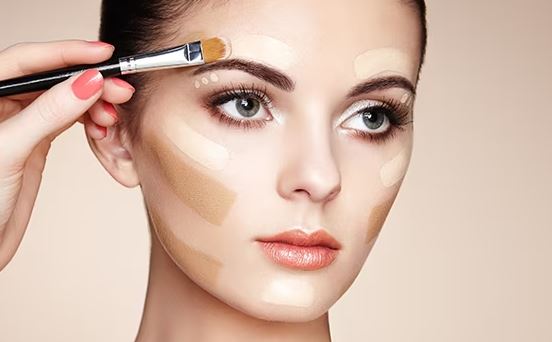 |
| The Ultimate Guide to Finding Your Perfect Foundation |
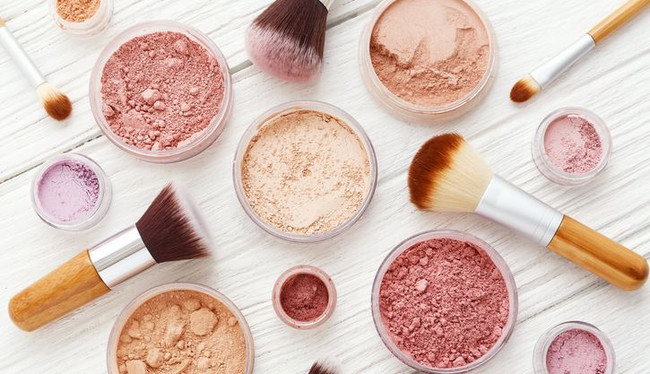 |
| The Benefits of Using Mineral Makeup |
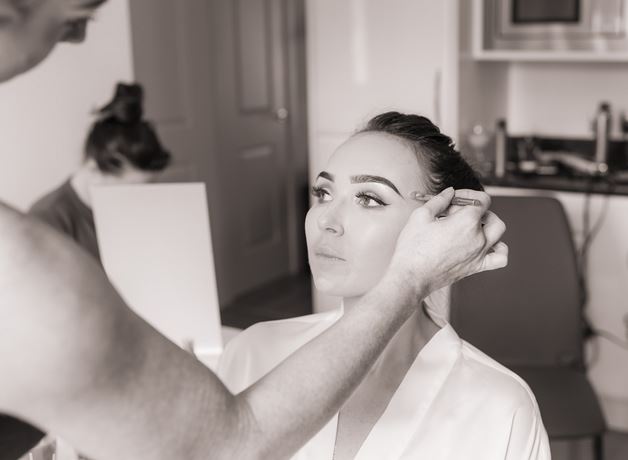 |
| Makeup Tips for Photographs: Looking Flawless on Camera |
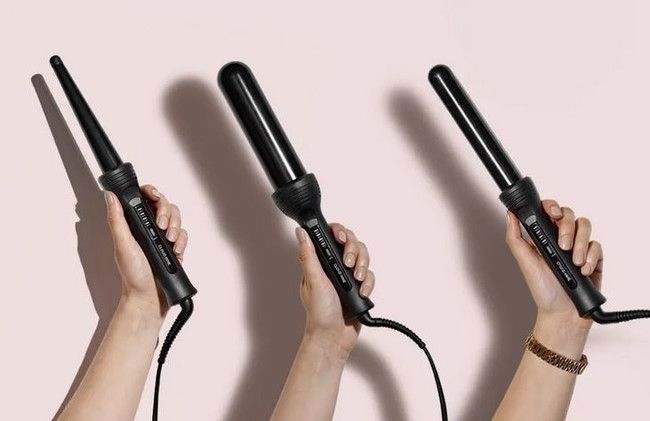 |
| How to choose Hair Straighteners and Curling Irons |
 |
| Tips for managing stress and anxiety |
